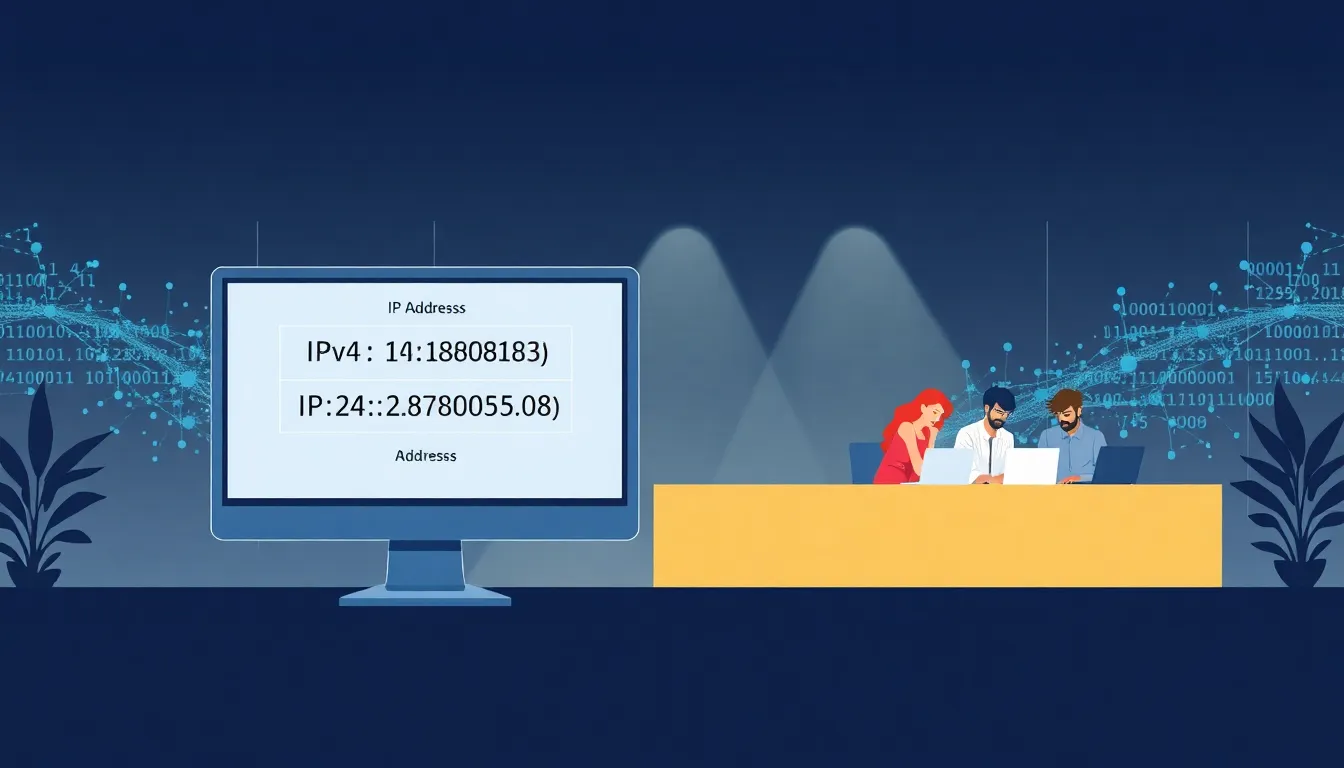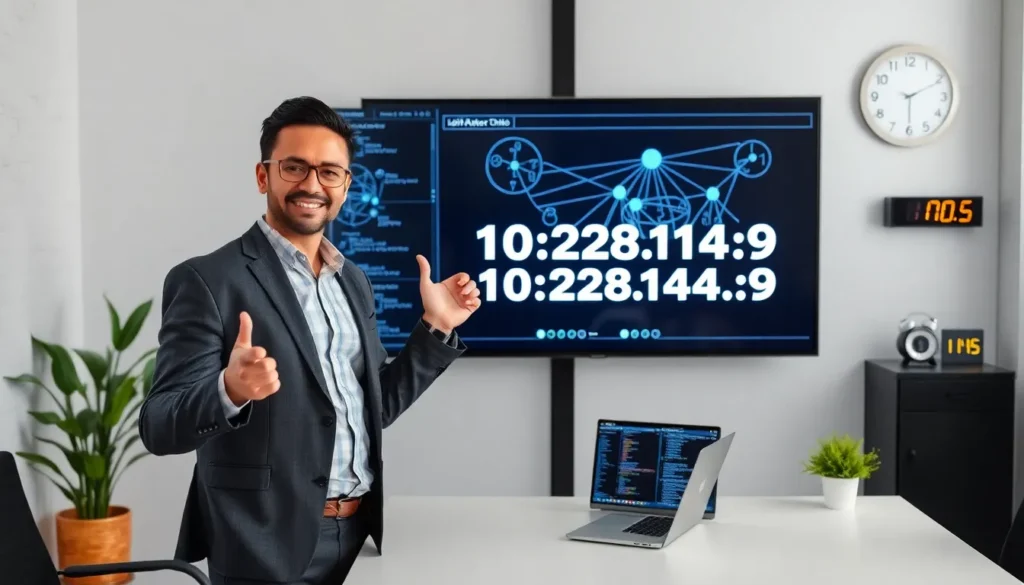Ever wondered what an IP address actually is? Not to worry. We’re about to jump into the intriguing realm of IP addresses, including the elusive 10.228.140.9. You might find yourself more curious about IPs than your last binge-watch series. From understanding what they are to their significance, this guide has you covered. Let’s unravel these mysterious numbers – without the tech jargon that makes your head spin.
10.228.140.9

What Is an IP Address?
An IP address is essentially a unique identifier for devices connected to a network, akin to how a home address identifies where a person lives. It helps in sending and receiving information across the internet or a local network. Without these little numbers, your messages would be lost in the vast digital ocean, much like trying to find a specific goldfish in a sea of them.
Types of IP Addresses
There are two main types of IP addresses: IPv4 and IPv6. IPv4 uses a 32-bit address scheme, allowing around 4.3 billion unique addresses. But, with so many devices, we’ve mostly run out of those. Enter IPv6, using a 128-bit address scheme that offers a whopping 340 undecillion addresses. It’s like upgrading from a childhood piggy bank to a vault that could hold all the world’s gold. IP addresses can also be classified as public or private, which we’ll investigate into later.
The Significance of Private IP Addresses
What Is 10.228.140.9?
Now let’s talk about the IP address in question: 10.228.140.9. This address falls under the private IP range defined by the Internet Engineering Task Force (IETF). It’s like being a VIP member at a club, it’s meant for devices within a private network, and not accessible from the outside internet. Think of it as your home network, where your devices can talk to each other without prying eyes.
Common Uses of 10.228.140.9
You might see 10.228.140.9 used in various scenarios. Home routers often distribute similar addresses to connected devices, allowing devices like printers, computers, and smart TVs to communicate efficiently. In corporate settings, companies frequently use private addresses to maintain secure internal networks. Essentially, it’s about keeping the riff-raff out and ensuring only trusted devices get in on the fun.
How to Find Your Local IP Address
Steps to Determine Your IP
Finding your local IP address is easier than pie, well, depending on whether you burn it while baking.
- Windows Users: Press
Windows + R, type incmd, and hit enter. In the command prompt, simply typeipconfigand hit enter. - Mac Users: Open
System Preferences, navigate toNetwork, select your connection (Wi-Fi or Ethernet), and your IP address will be displayed. - Mobile Devices: On iOS, go to
Settings, tapWi-Fi, select your network, and you’ll find your local IP listed. For Android, head toSettings, go toNetwork & internet, tap on Wi-Fi, select the network, and voilà.
Your local IP can appear as a series of numbers, typically starting with 192.168.x.x or 10.x.x.x, confirming you’re potentially looking at a private IP.
Troubleshooting Common IP Issues
Resolving Connectivity Problems
Having trouble with your IP address? It’s more common than you’d think. Try the following troubleshooting tips:
- Restart Your Device: Sometimes, just turning it off and on can clear out bugs like a good spring cleaning.
- Check Connections: Ensure that everything is plugged in correctly: it’s surprising how often a loose Ethernet cable can cause connectivity chaos.
- Release and Renew IP: On most devices, you can do this through the command line, using
ipconfig /releasefollowed byipconfig /renew. Think of it like taking a refreshing dip in a pool to shake off the day’s heat.
When to Contact Your ISP
If issues persist after trying all the above steps, it might be time to reach out to your Internet Service Provider. They can diagnose issues from their end and assist in resolving connectivity glitches like knights in shining armor. Not all heroes wear capes: some sit behind a customer service desk.
